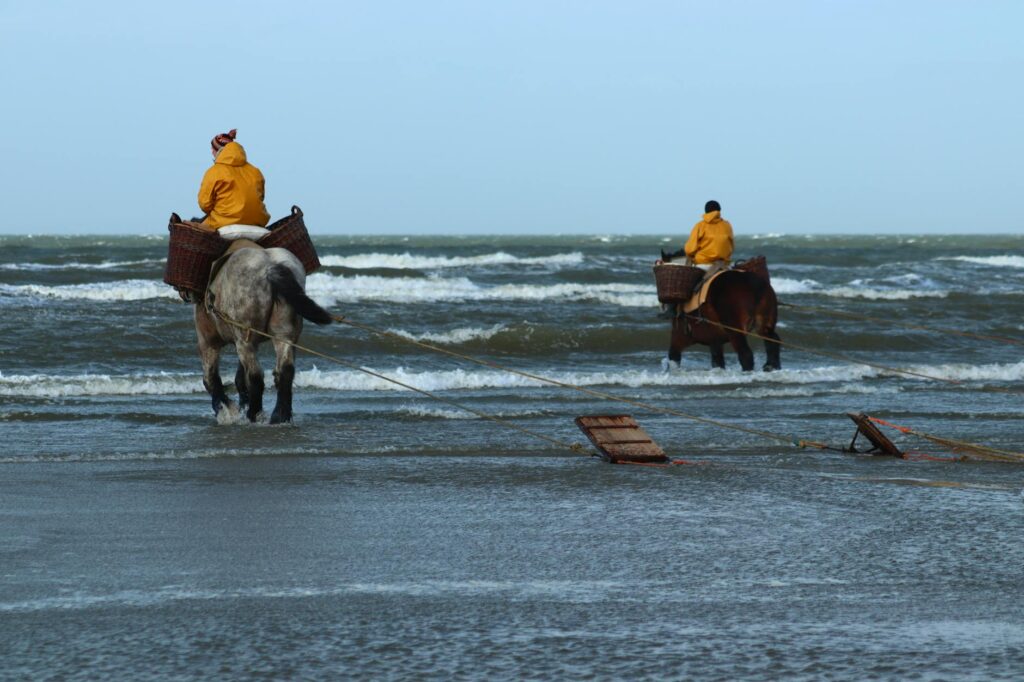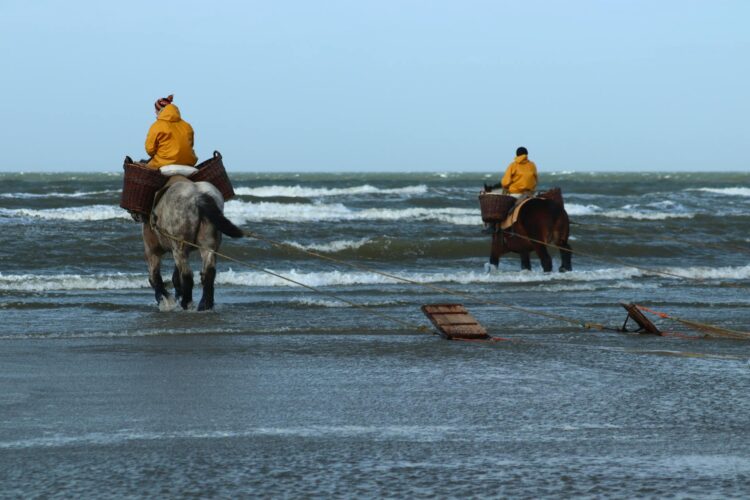Horse pulling, a thrilling display of strength and partnership between human and animal, is experiencing a resurgence in popularity. Once a common sight in agricultural communities and rural areas, it’s now finding a new audience, attracting both seasoned enthusiasts and curious newcomers alike.
The Allure of Tradition
There’s a certain magic to watching a powerful horse effortlessly pull a heavy load. It’s a connection to a simpler time, a testament to the enduring strength of these magnificent animals. This renewed interest isn’t just nostalgia; it’s a recognition of the unique bond between human and horse, a relationship built on trust and mutual respect. 
Modern Horse Pulling Competitions
Modern horse pulling competitions are far more organized and regulated than those of the past. Safety standards are high, ensuring both the wellbeing of the animals and the safety of the participants. These competitions attract competitors from across the country, showcasing a wide array of breeds and skill levels. There are even different weight classes and rules depending on whether the competition is for draft horses or lighter breeds. You can learn more about competition rules and regulations by visiting the American Horse Pulling Association website.
Beyond Competitions: Practical Applications
The resurgence of horse pulling isn’t limited to competitive events. Many farms and ranches are rediscovering the practical value of using horses for tasks like logging and heavy hauling. It’s a sustainable and environmentally friendly alternative to machinery, particularly in areas where access is limited.  This method is also often favored for its lower impact on sensitive environments. In fact, many conservation groups are beginning to adopt this method, as you can read more about in this article on sustainable forestry practices.
This method is also often favored for its lower impact on sensitive environments. In fact, many conservation groups are beginning to adopt this method, as you can read more about in this article on sustainable forestry practices.
The Importance of Horse Welfare
The ethical treatment of horses is paramount in any horse pulling activity. Ensuring the animals are well-cared for, properly trained, and not overworked is crucial. Responsible organizations and participants prioritize the animals’ health and wellbeing above all else. This includes providing proper nutrition, rest, and veterinary care. To learn more about responsible horse ownership, check out our guide on horse care.
The Growing Community
One of the most remarkable aspects of this revival is the growth of the horse pulling community. Online forums and social media groups are buzzing with activity, connecting enthusiasts and sharing information. This sense of camaraderie, shared passion, and mutual support is vital to the continued success of the sport. [IMAGE_3_HERE] If you’re interested in joining the community, we recommend starting by visiting the local horse pulling club directory to find a group near you.
The Future of Horse Pulling
The future of horse pulling looks bright. With renewed interest, a focus on safety and animal welfare, and a vibrant community, this traditional practice is poised for continued growth and evolution. It’s a testament to the enduring bond between humans and horses, and a reminder of the timeless strength and beauty of these magnificent animals. For more information on the history of horse pulling, see our article on historical applications of draft horses. And for those interested in getting involved, check out the resources on horse training.
Frequently Asked Questions
What are the rules of horse pulling competitions? The rules vary depending on the organization and the type of competition (e.g., weight classes, breed restrictions). It’s best to check the specific rules of the competition you’re interested in.
Is horse pulling cruel to animals? When conducted responsibly, horse pulling is not cruel. Reputable organizations prioritize the wellbeing of the horses, implementing strict safety measures and ensuring proper care and training.
How can I get involved in horse pulling? You can participate as a competitor, volunteer, or spectator. Many local clubs welcome newcomers, and there are numerous online resources for learning more.
What type of horses are used in horse pulling? Draft horses are most commonly used due to their size and strength. However, lighter breeds may also compete in specific classes.
Where can I find local horse pulling events? Check online event listings, contact local agricultural societies or equestrian centers, and visit the websites of horse pulling organizations.
